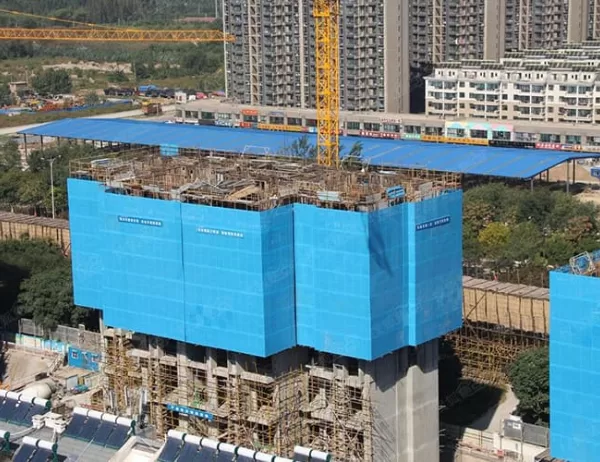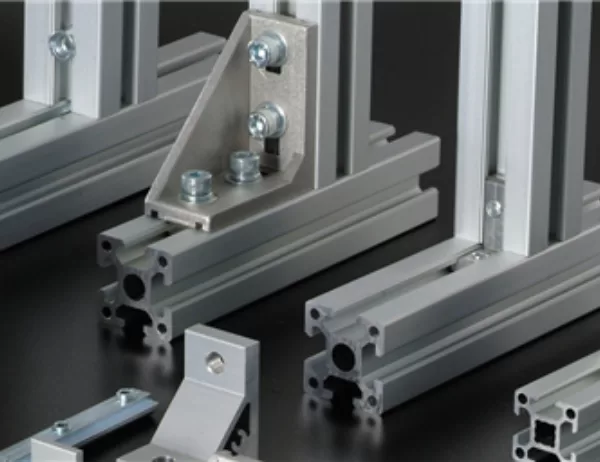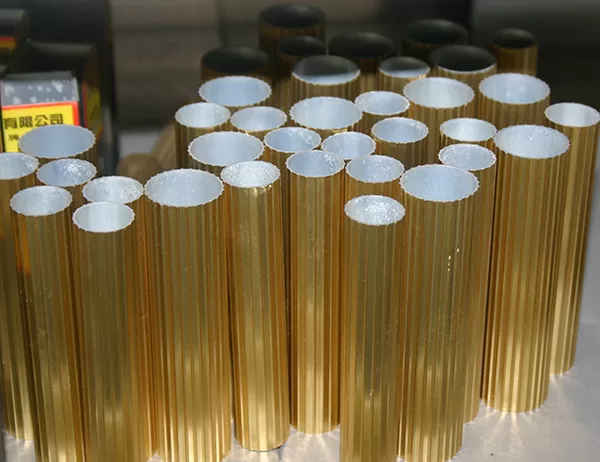In the intricate realm of power electronics, the efficient dissipation of heat plays a pivotal role in ensuring the longevity and optimal performance of inverter systems. Heat sinks, the unsung heroes of thermal management, stand as the guardians of these systems, preventing overheating and ensuring their unwavering functionality.
Air-Cooled Heat Sinks
As the most straightforward and cost-effective option, air-cooled heat sinks rely on the natural convection of air to dissipate heat. Their fins, designed to maximize surface area, effectively transfer heat from the inverter to the surrounding air. While air cooling is suitable for low-power applications, its limitations become apparent in high-power systems, where insufficient airflow can lead to thermal throttling.
Liquid-Cooled Heat Sinks
For applications demanding higher cooling capacities, liquid-cooled heat sinks emerge as the preferred choice. These heat sinks utilize circulating liquid (typically water) as the heat transfer medium. Their intricate channels and extended surface area enable exceptionally efficient heat dissipation, making them ideal for high-performance inverters. However, liquid cooling systems require additional components (pumps, piping, etc.), increasing complexity and cost.
Vapor Chamber Heat Sinks
Combining the advantages of both air and liquid cooling, vapor chamber heat sinks represent a cutting-edge solution for inverter thermal management. They feature a sealed chamber containing a volatile liquid. As heat is applied, the liquid vaporizes, creating a high-conductivity path for heat transfer. This design combines high cooling capacity with a compact and low-profile form factor.
Choosing the Right Heat Sink
The selection of an appropriate heat sink depends on several factors, including:
Inverter power rating
Operating environment
Cost and complexity
For low-power applications with limited space constraints, air-cooled heat sinks may suffice. For high-power systems and environments with restricted airflow, liquid-cooled heat sinks or vapor chamber heat sinks provide superior cooling capabilities.
Conclusion
In the world of inverters, heat sinks serve as indispensable components, ensuring the efficient dissipation of heat and maintaining optimal performance. Understanding the different types of heat sinks available and the factors influencing their selection empowers engineers to design inverter systems that operate reliably and efficiently, unlocking the full potential of their applications.




